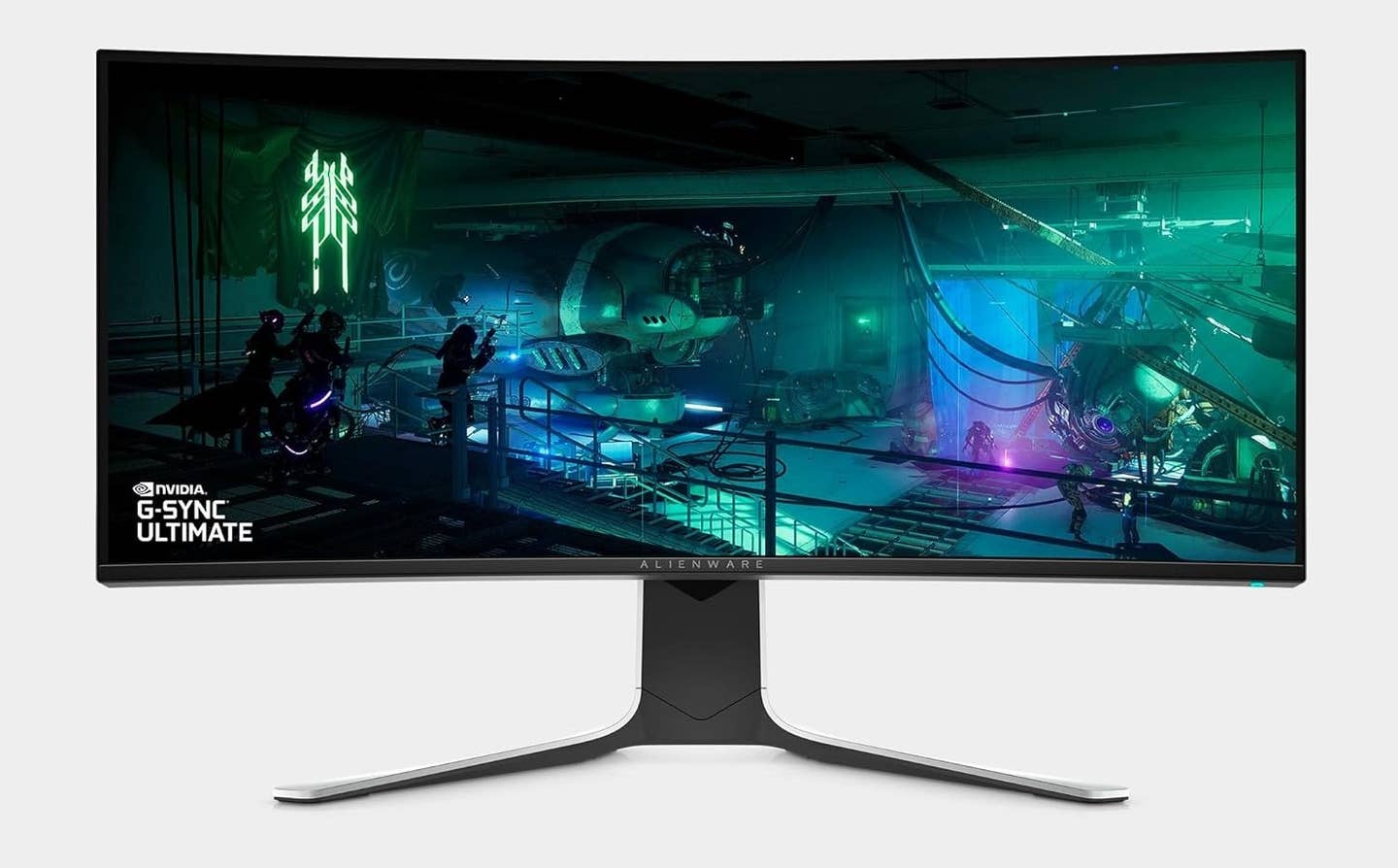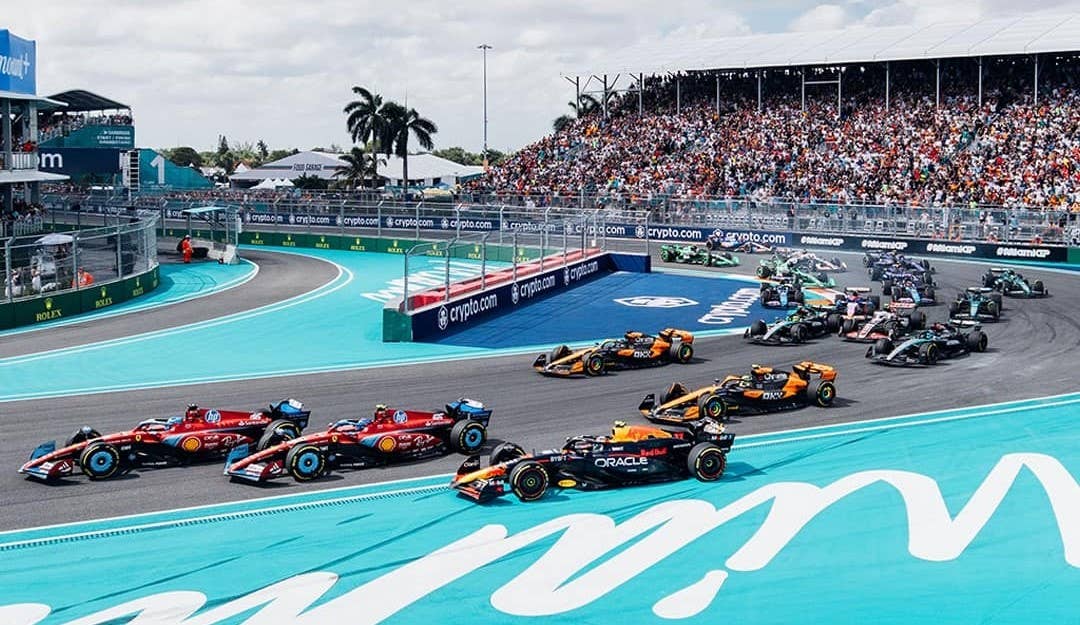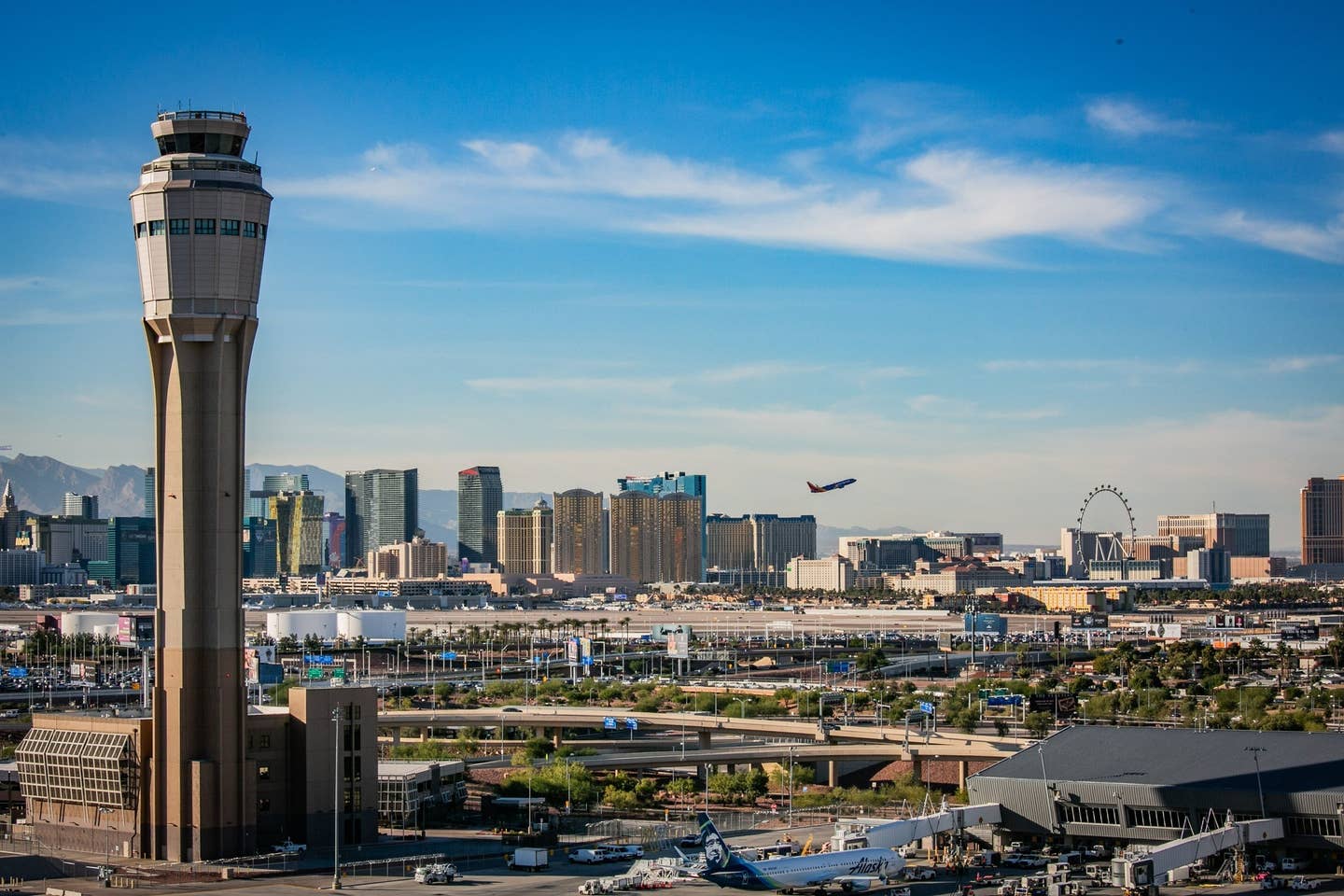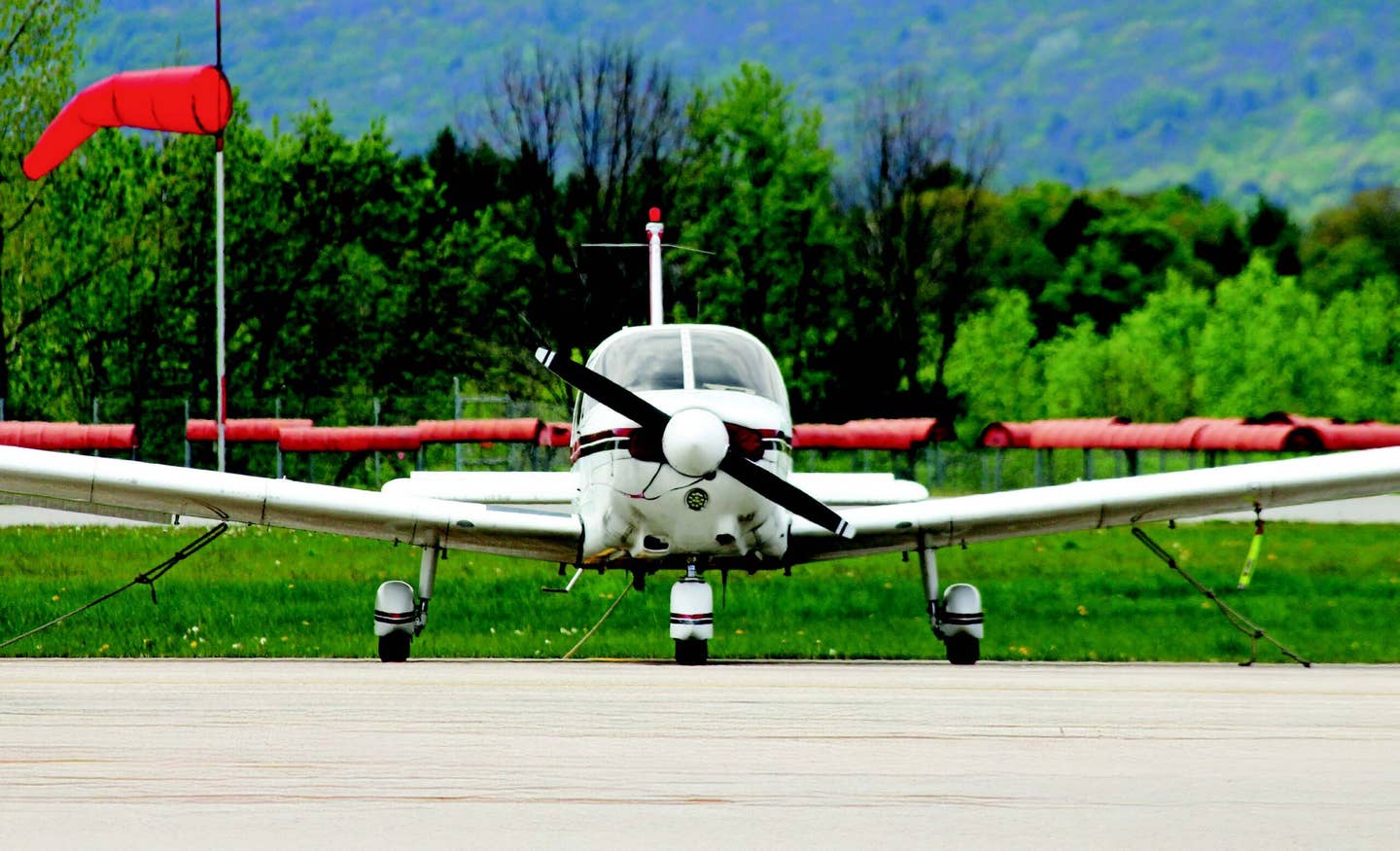Best Monitors for Flight Simulators
Immerse yourself in flight simulation with our guide to the top displays.

With a high-quality monitor for your flight simulator setup, motion blur is dramatically reduced so pilots can handle the complex graphics of high-demand flight simulations. [Courtesy of Alienware]
Editor’s note: This article is not intended as an endorsement of the products listed but rather as a list of options that may be of interest.
Selecting any flight simulator hardware (e.g., throttle, rudder pedals, headset, yoke, avionics panel, monitor) is a crucial step in enhancing your flight simulation experience, transforming virtual piloting from a mere hobby into a breathtaking adventure.
A well-chosen monitor is not just a display but a gateway to an immersive experience, significantly amplifying the level of realism and engagement involved in flying a simulator.
Embrace the future of flight simulation and see how the right monitor can truly elevate your virtual flight setting to new heights. Also, check out the FLYING branded computer (Rig) if you're looking for a new machine as well.
Quick Look: 3 Best Monitors for Flight Simulators
- Best for advanced user: SAMSUNG 49-Inch Odyssey G93SC Series OLED Curved Gaming Monitor
- Best for intermediate user: Alienware 34-Inch AW3423DW Series Curved Gaming Monitor
- Best for novice user: ASUS 32-Inch TUF VG32VQ1B Series Gaming Curved Monitor
SAMSUNG 49-Inch Odyssey G93SC Series OLED Curved Gaming Monitor
Best for: Advanced user
The SAMSUNG 49-Inch Odyssey G93SC Series OLED Curved Gaming Monitor is a top-tier choice for advanced users seeking to elevate their flight simulation experience. The 49-inch Dual QHD screen offers an ultrawide display that mimics the sensation of a cockpit, further enhanced by the 1800R curvature that wraps around the user’s field of vision. The integration of AMD FreeSync Premium Pro ensures synchronized frame rates, and the swift 240 Hz refresh rate delivers fluid, stutter-free graphics vital for fast-paced aerial maneuvers. With an extraordinary 0.03 ms response time, users experience hyper-fast responsiveness, reducing motion blur during flight sequences.
Key features
- Size: 49 inches
- Resolution: 5120 x 1440
- Refresh rate: 240 Hz
- Response time: 0.03 ms
- Weight: 27.8 pounds
- Color: Aluminum silver
Price: $1,599.99
Alienware 34-Inch AW3423DW Series Curved Gaming Monitor
Best for: Intermediate user
The Alienware 34-Inch AW3423DW Series Curved Gaming Monitor is perfect for an intermediate user looking to immerse themselves in the ultimate gaming experience. With its impressive 3440 x 1440 pixel resolution and a lightning-fast 175 Hz refresh rate, every detail comes to life with stunning clarity. The 1800R curvature wraps around the user’s field of view, pulling them deeper into the action. With a true 0.1 ms gray-to-gray response time, motion blur is virtually eliminated, ensuring smooth and precise visuals that can handle the complex graphics of high-demand flight simulations. Additionally, the Lunar Light design adds a touch of style to the flight simulator setup.
Key features
- Size: 34 inches
- Resolution: 3440 x 1440
- Refresh rate: 175 Hz
- Response time: 0.1 ms
- Weight: 21.8 pounds
- Color: White
Price: $1,099.99
ASUS 32-Inch TUF VG32VQ1B Series Gaming Curved Monitor
Best for: Novice user
The ASUS 32-Inch TUF VG32VQ1B Series Gaming Curved Monitor is an ideal choice for beginners entering the world of flight simulation, providing a balance of impressive performance at an affordable price. This monitor caters specifically to those who are just starting out in flight simulations and offers an immersive experience that enhances every flight. The 31.5-inch curved gaming display boasts a 165 Hz refresh rate, which is perfect for fast-paced flight simulations. The monitor features Extreme Low Motion Blur (ELMB) technology, eliminating motion blur for a smoother gaming experience. Furthermore, its AMD FreeSync Premium Pro technology ensures that screen tearing and choppy frame rates are a thing of the past.
Key features
- Size: 32 inches
- Resolution: 2560 x 1440
- Refresh rate: 165 Hz
- Response time: 1 ms
- Weight: 15.98 pounds
- Color: Black
Price: $299
Flight Sim Monitor Considerations
Whether you’re navigating the virtual skies in Microsoft Flight Simulator (MSFS) or the highly realistic world of X-Plane, the quality of your monitor can profoundly impact your level of immersion.
Monitor size for flight simulator
A larger monitor can significantly enhance the user’s field of view and overall immersion, particularly in flight simulation where spatial awareness is crucial. A broader display provides a more immersive cockpit experience, emulating the panoramic visibility a pilot might have in a real aircraft.
Monitor resolution for flight simulator
Higher resolutions, such as 1440p or 4K, allow virtual pilots to perceive intricate details within the simulated environment, enhancing the realism of the experience. These high-resolution displays provide sharper, clearer images that bring the flight environment to life.
Monitor refresh rate for flight simulator
Higher refresh rates of 144 Hz or even 240 Hz are recommended for flight simulation as they significantly reduce input lag and motion blur, allowing for smoother transitions and clearer visuals during rapid maneuvers. These high refresh rates are especially advantageous in dynamic flying scenarios where quick reactions and precise control inputs are essential.
Monitor response time for flight simulator
Low response time is important to reduce motion blur, ensuring that fast-moving scenes appear crisp and clear. In general, a response time of 1 ms or lower is recommended for the most fluid visual experience.
Buy Your Flight Simulator Monitor Today
In the dynamic world of flight simulation, investing in the right monitor is an essential step toward creating the ultimate virtual flying experience. Your flight simulation journey is about to become more thrilling with the right monitor, so why not start by upgrading your hardware?
Now that you have your flight sim monitor, finish out your flight simulator with the ultimate flight simulator guide.
FAQ
How many monitors do you need for the flight simulator?
The number of monitors you need for a flight simulator varies depending on the level of immersion and the space available in your setup. For basic simulations, one large, high-resolution monitor with a good refresh rate and response time can suffice to achieve decent realism. However, for more advanced simulations, a multimonitor setup may be more beneficial.
Is a TV or monitor better for a flight simulator?
Monitors and TVs both come with distinct advantages for flight simulators, but monitors are typically favored due to their specialized gaming and simulation features. While TVs often provide a larger screen size at a more affordable price, monitors deliver higher resolutions, quicker refresh rates, and lower response times.
Is a curved monitor better for a flight simulator?
Yes, the curvature of the monitor provides an expanded field of view that more closely mimics the natural curvature of human eyesight. This effect is especially pronounced in peripheral vision, where typical flat screens may fall short. Curved monitors also tend to minimize reflections and glare, creating an uninterrupted visual experience that keeps users focused on the intricate details of the virtual flight.

Sign-up for newsletters & special offers!
Get the latest FLYING stories & special offers delivered directly to your inbox






